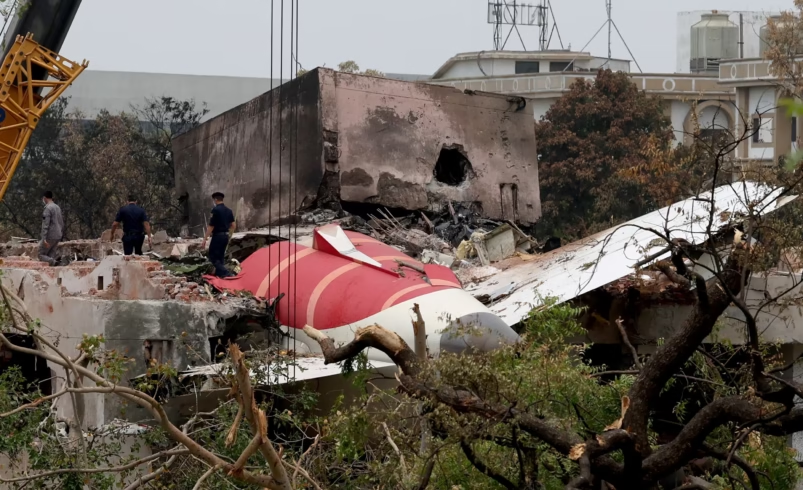Preliminary Report on Air India Crash to Reveal Initial Findings
- July 11, 2025
- 0

A month after India’s most devastating aviation accident in decades, authorities are set to release a preliminary report that will provide the first official insights into the tragic Air India crash. The report is expected to offer basic and factual details without drawing definitive conclusions or assigning blame, as investigators continue their work to unravel the complex circumstances surrounding the crash of the Boeing 787 Dreamliner on June 12.
The aircraft, fully loaded with fuel, lost altitude shortly after takeoff and crashed into a hostel for medical students in Ahmedabad, resulting in the deaths of all but one of the 242 passengers and over 30 individuals on the ground. The pilot managed to issue a mayday alert before Flight AI 171 met its tragic end.
Videos of the incident show that everything appeared normal until the landing gear was not deployed, followed by a sudden loss of thrust. Notably, both engines seemed to lose power simultaneously, an occurrence described as highly improbable by aerospace analyst Bjorn Fehrm. Typically, commercial planes like the 787 Dreamliner can handle takeoff with a single engine failure.
Investigators are examining the role of fuel control switches located in the cockpit’s center console. These switches control fuel supply to the engines, and preliminary findings suggest they were turned off. It remains unclear whether this was accidental or intentional, and whether any attempts were made to reactivate them.
The investigation is exploring various factors, including pilot backgrounds and experience. Captain Sumeet Sabharwal and First Officer Clive Kunder had significant flight hours. Despite early evidence suggesting a dual engine failure, no design or mechanical issues have been identified with the Boeing aircraft or GE engines. The absence of safety bulletins from Boeing or the FAA supports this.
Restarting engines at low altitude was deemed unfeasible by pilots. John Cox, CEO of Safety Operating Systems, explained that moving fuel switches to cutoff would stop engine operation within seconds. While deliberate action can’t be ruled out, other scenarios include accidental switch movement during an emergency response.